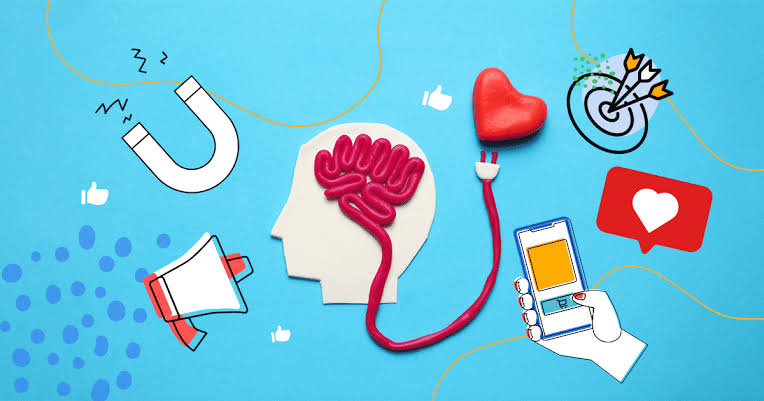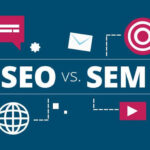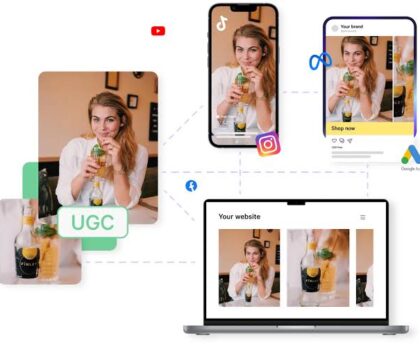
Emotional advertising boosts engagement and brand recall. Learn how emotional triggers and storytelling elevate digital campaigns and influence purchase behavior.
Table Of Contents
- The Impact of Emotional Advertising on Consumer Engagement
- How Emotional Advertising Drives Impactful Digital Campaigns
- How Emotional Advertising Drives Brand Growth
- Boosting Emotional Resonance for Better Marketing Results
- Measuring the Power of Emotion in Advertising
- Emotional Advertising: Making Connections That Count
The Impact Of Emotional Advertising On Consumer Engagement

In today’s digital-first world, brands are realizing the power of emotional advertising in connecting with audiences on a deeper level. Emotions influence our decisions, shape our memories, and drive our behaviors. In advertising, emotion is more than just storytelling—it’s a strategic tool for creating brand impact and standing out in a crowded digital space.
How Emotional Advertising Drives Impactful Digital Campaigns
Modern consumers are flooded with content daily, yet what sticks in their memory isn’t the most logical ad—it’s the one that makes them feel something. Emotional advertising taps into subconscious decision-making, influencing not just immediate reactions but long-term perceptions.
Studies show that ads triggering emotional responses outperform purely informational ones. This shift emphasizes the need for digital storytelling that speaks to the heart, not just the mind. It helps brands create stronger consumer engagement, leading to improved brand recall and preference.
How Emotional Advertising Drives Brand Growth
Emotionally rich content contributes significantly to brand equity. Digital ads that leave viewers with a strong feeling—whether joy, surprise, empathy, or inspiration—are up to four times more effective in boosting sales and long-term brand association.
In fact, emotion-driven marketing strategies create a lasting imprint by forging personal connections. These campaigns often achieve better results in both engagement metrics and brand affinity. Emotional advertising, especially when paired with brand-focused emotional ads, helps build trust and loyalty in a way facts and figures alone cannot.
Boosting Emotional Resonance For Better Marketing Results
1. Start With an Early Emotional Hook
In a world of fast scrolling and short attention spans, you only have seconds to make an impression. Ads that begin with an early emotional hook are more likely to hold attention and reduce skipping. Opening with a compelling moment or feeling sets the tone and keeps viewers watching.
2. Craft Dynamic Emotional Ads
Rather than sticking to a single tone, successful campaigns use a mix of emotions to tell a story. Dynamic emotional ads take viewers on a journey—sometimes from frustration to relief, or from sadness to joy. This emotional progression keeps the audience invested and leads to better brand recall.
Great digital storytelling doesn’t just share a message—it evokes a feeling that audiences want to remember. When those stories align with your brand values, they increase both consumer engagement and trust.
3. Use Humor to Your Advantage
Laughter is a universal emotion that breaks barriers. Humor-driven brand ads are highly effective in digital environments, helping brands appear more relatable and likable. Humor also increases the chance of virality and can significantly boost consumer engagement when done right.
Despite its proven benefits, humor is still underutilized in digital formats. But when it’s authentic and aligns with your brand voice, it can be one of the most effective emotion-driven marketing strategies.
4. Align Emotion with Brand Identity
Emotion should never come at the cost of clarity. Emotional storytelling must still communicate a clear message and reflect brand purpose. When brand-focused emotional ads blend emotional resonance with strong brand visuals and values, they perform significantly better across all metrics, especially brand recall.
Measuring The Power Of Emotion In Advertising
It’s not enough to guess if your ad “feels right.” Today, brands can measure emotional responses through emotion tracking tools like facial coding, eye tracking, and sentiment analysis. These tools help evaluate attention, expression, and emotional engagement before the campaign goes live.
Using data-driven insights ensures that emotion-driven marketing strategies are not only creative but also optimized for real-world impact. With tools like these, brands can fine-tune content for maximum emotional impact and consumer engagement.
Emotional Advertising: Making Connections That Count
In the age of information overload, emotional advertising is a brand’s competitive edge. It’s what makes people stop scrolling, feel something, and most importantly, remember your brand.
By incorporating digital storytelling, delivering dynamic emotional ads, and leveraging tools to track performance, brands can build stronger relationships and boost brand recall. Whether through humor, inspiration, or heartfelt stories, emotion is the bridge between attention and action.
The future of digital advertising isn’t just intelligent—it’s emotional.




